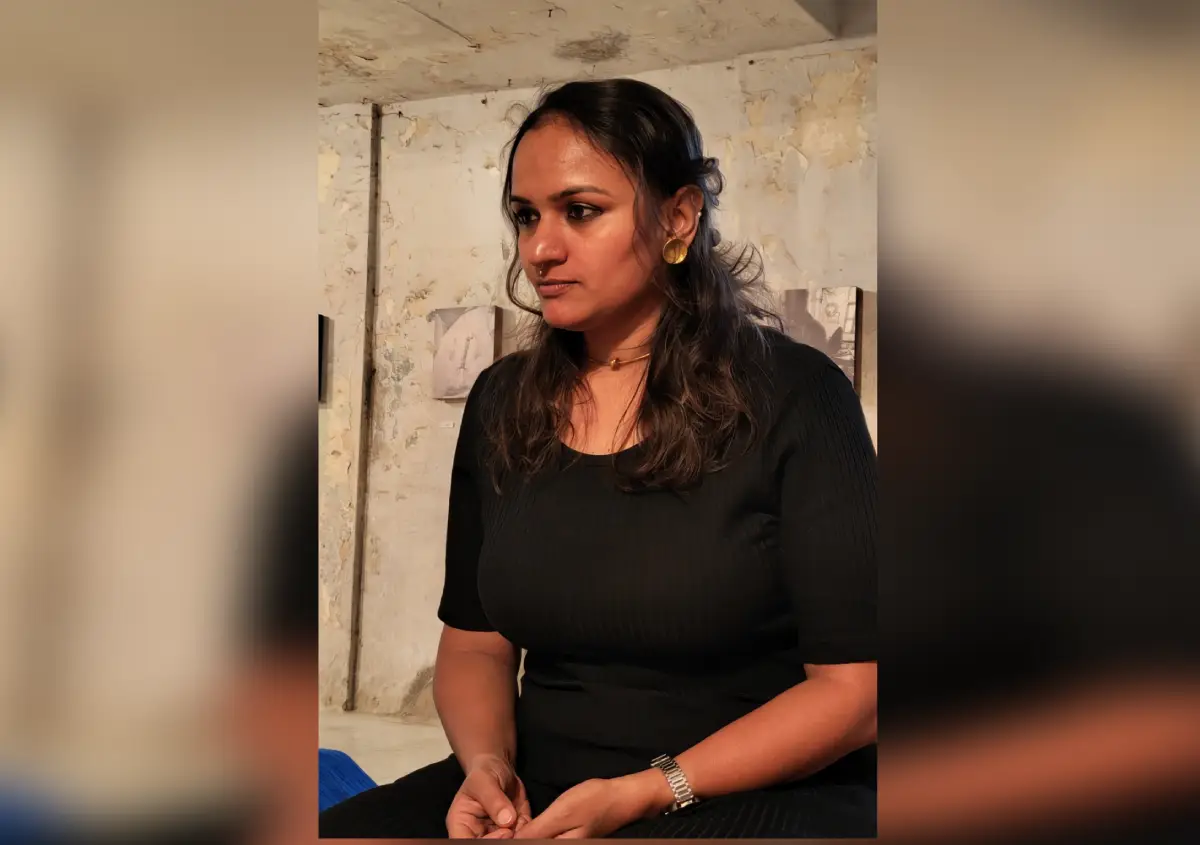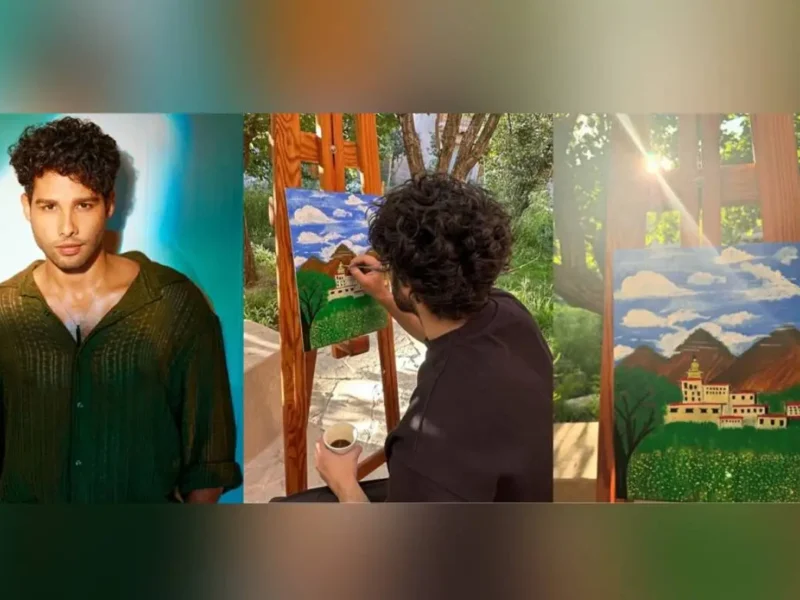
Komal Mistri Documents Child Births In Gujarat’s Labor Rooms
NEW DELHI, (IANS) – There were times she would leave her camera aside and hold the hand of the woman in labor. The project was not important at that moment in time.
Once, a woman she had photographed during labor almost begged her – “Give my son a name”. She was initially reluctant. However, ultimately, she named him ‘Kabir’, the name she had thought would belong to her son. The mother gave her Rs 11. Multimedia artist Komal Mistri still keeps that special money in a part of her purse.
‘Come With Your Own Light’ chronicles unheard voices reverberating behind the closed doors of the unhinged mechanized labor room where in the realm of the labor room consisting of spotlighted beds and surgery tools, lies the tale of embroidered bodies, bewildered weather to feel pleasure in pain or pain in pleasure, the artist has multiple takes on the process.
From getting permission to shoot in the labor rooms to experiencing empathy — when she completely forgot about the project.
Laying on the bed, contemplating her identity, a pregnant woman wonders about her dual and frustrated state of being, Mistri says that in the three months she spent researching and photographing labor rooms across hospitals in Gujrat, one thing became crystal clear to her – “there were no happy moments in those enclosed spaces.” That childbirth was too “mechanized.”
She is all set to present how she conceived the complex emotions and difficult stances in women’s lives, documenting the labor room processes through interventionist photographic works and found objects.
Using them as the primary element of her work to manifest collective pain and deprivation — where bottles of blood, placentas, scissors, stretchers, and machines serve as symbols of the mechanized nature and almost apathetic treatment of the laboring patients, she said: “Documenting the process of childbirth has been ritualized and considered throughout civilizations as sacred and a celebratory phenomenon.”
Mistri added, “A vast majority of women are deprived of proper medical attention and forced to push the limits of their physical capacity to complete the process. The socio-economic conditions of rural India constantly thrust women into a gender-discriminatory struggle of enduring pain beyond their limits.”
Originally from Surat, Mistri, who decided to become a painter in grade four but was not allowed to venture out of the city for training, completed her bachelor’s degree in commerce and worked in the stock market for two years to save money.
She recalled: “The moment I earned enough for CN College of Fine Arts in Ahmedabad, where the fee was Rs 900 per annum, I quit my job and later joined MSU Baroda for a master’s degree in Painting.”
As someone who witnessed 42 births in the labor room for her project, Mistri remembers that often women would ask her not to take pictures. “Their expressions would tell me that all they wanted was my hand to hold tight. And I offered that, after all that was the right thing to do. The camera was left orphaned,” she said.




